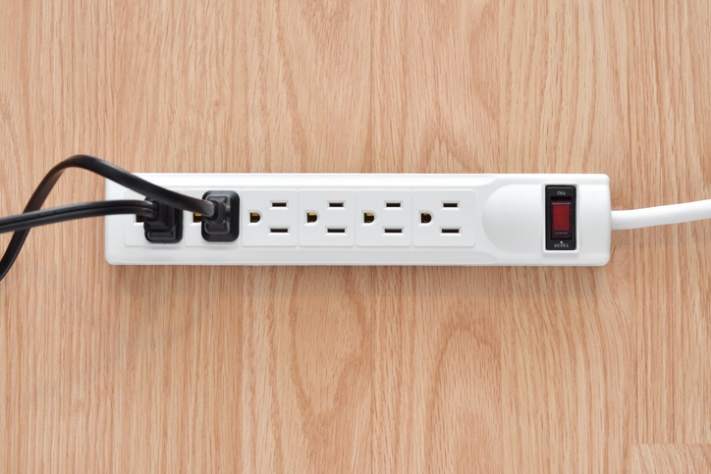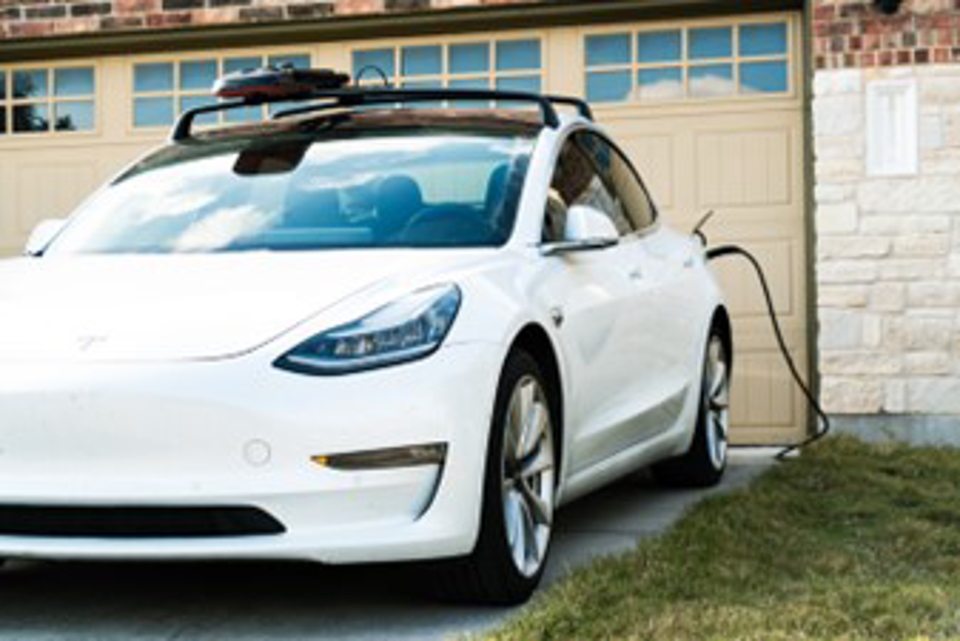No matter how many electrical outlets you have in your home, there never seem to be enough. It’s for this reason that many homeowners turn to power strips as an easy solution for managing multiple devices. But if used improperly, power strips can lead to serious safety hazards. Understanding how power strips work and how to use them correctly can help prevent electrical fires, damage to your electronics, and other potential risks.
Here’s are 6 important tips on how to use power strips safely in your home.
1. Choose the Right Power Strip
Not all power strips are created equal. Many people mistakenly believe all power strips offer surge protection, but that’s not the case. A standard power strip merely offers additional outlets, while a surge protector guards your electronics from power surges, which can be caused by lightning, power outages, or faulty wiring. For sensitive electronics like computers, televisions, and gaming systems, always choose a power strip with built-in surge protection.
2. Don’t Overload the Power Strip
Every power strip has a maximum capacity; overloading it by plugging in too many high-powered devices can lead to overheating, posing a fire hazard. Before plugging in multiple items, check the wattage of each device and ensure the total doesn’t exceed the power strip’s limit. Large appliances such as space heaters, refrigerators, or air conditioners should always be plugged directly into a wall outlet rather than a power strip.
3. Avoid Plugging One into Another
"Daisy chaining" or plugging one power strip into another, is a dangerous practice that can increase the risk of overloading the electrical circuit and lead to a fire. Instead, plug each power strip directly into a wall outlet. If you need more outlets, contact Blau Sudden Service to install additional wall outlets.
4. Inspect Power Strips Regularly
Power strips can wear out over time, especially if they’re used frequently or handle a lot of power. Regularly inspect your power strips for signs of wear, such as frayed cords, scorch marks, or a power strip that feels hot to the touch. If you notice any damage, stop using the power strip immediately.
5. Use Power Strips in Well-Ventilated Areas
Power strips can generate heat, especially when used for extended periods. Ensure they are placed in open, well-ventilated spaces where air can circulate. Avoid placing power strips under rugs, behind furniture, or in tight spaces, as this can cause overheating.
6. Turn Off or Unplug When Not in Use
Even when not in active use, power strips can draw electricity and pose a risk if left unattended. Turn off or unplug power strips when they aren’t needed to save energy and reduce the chance of overheating.
Could your home use a few more strategically placed electrical outlets? Contact the pros at Blau Sudden Service today for the quality electrical service you can depend on.






